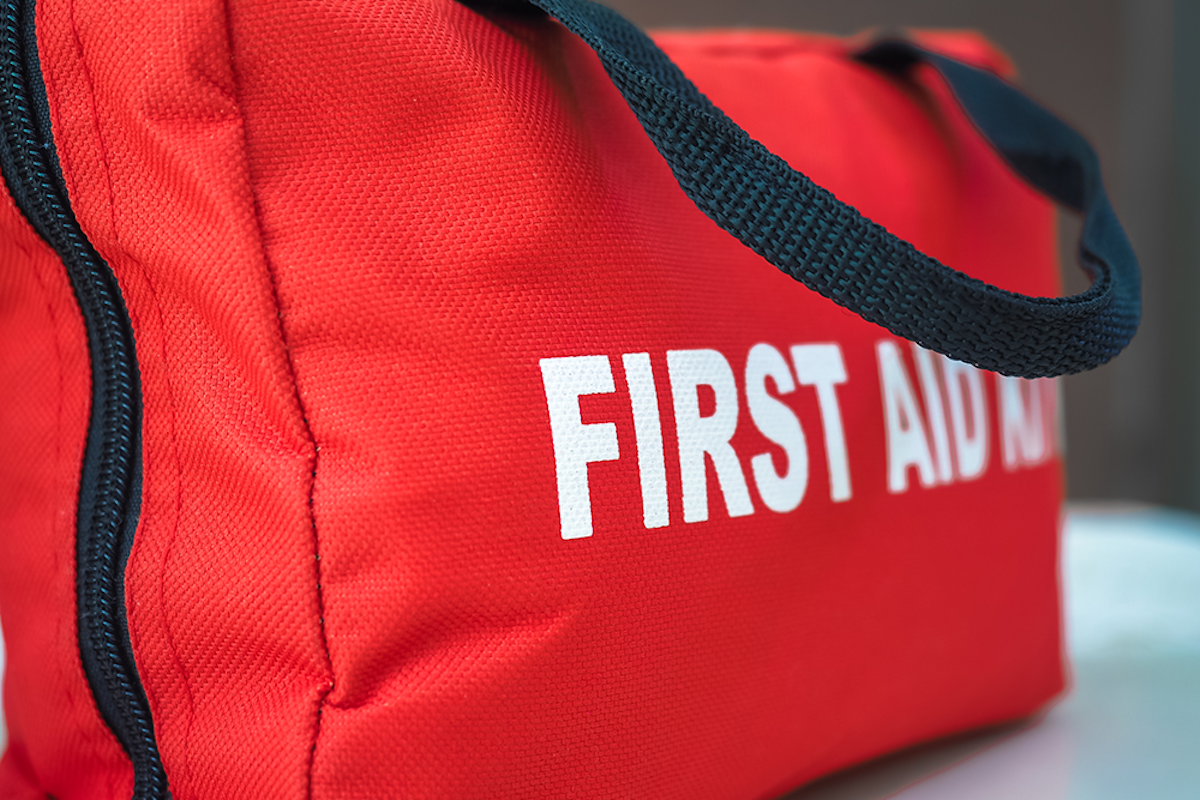First-Aid Kits: An Often Overlooked Necessity

A first-aid kit remains one of those items everyone should keep in their vehicle, especially as parents become chauffeurs for young pupils. But not everyone does.
What makes a good first-aid kit?
Sometimes the obvious items are the easiest to forget. If you’ve ever experience a headache while driving, you already know the importance of keeping some pain relievers on hand. A roll of gauze comes in handy for cuts and scrapes and the random bloody nose.
“The simplest things can be so important in an emergency or breakdown. Like a flashlight and simple first-aid items,” said Jason Grubard, marketing manager for DC Safety. “Plenty of companies sell reliable safety kits. Some people like to piecemeal a kit on their own. The important thing is that you’re planning ahead,” he said.
There’s an assortment of premade kits to choose from. Or you may buy a case and create your own custom first-aid kit.
The American Red Cross suggests the following elements should be part of a first-aid kit for a family of four.
- 2 absorbent compress dressings (5 x 9 inches)
- 25 adhesive bandages (assorted sizes), also found within our Family First Aid Kit
- 1 adhesive cloth tape (10 yards x 1 inch)
- 1 instant cold compress
- 5 antibiotic ointment packets (approximately 1 gram)
- 5 antiseptic wipe packets
- 2 packets of aspirin (81 mg each)
- 5 3 in. x 3 in. sterile gauze pads
- 1 emergency blanket
- 1 breathing barrier (with one-way valve)
- 2 pair of nonlatex gloves (size: large)
- 2 hydrocortisone ointment packets (approximately 1 gram each)
- 1 3 in. gauze roll (roller) bandage
- 1 roller bandage (4 inches wide)
- 5 sterile gauze pads (4 x 4 inches)
- Oral thermometer (non-mercury/non glass)
- 2 triangular bandages
- Tweezers
- Emergency First Aid guide